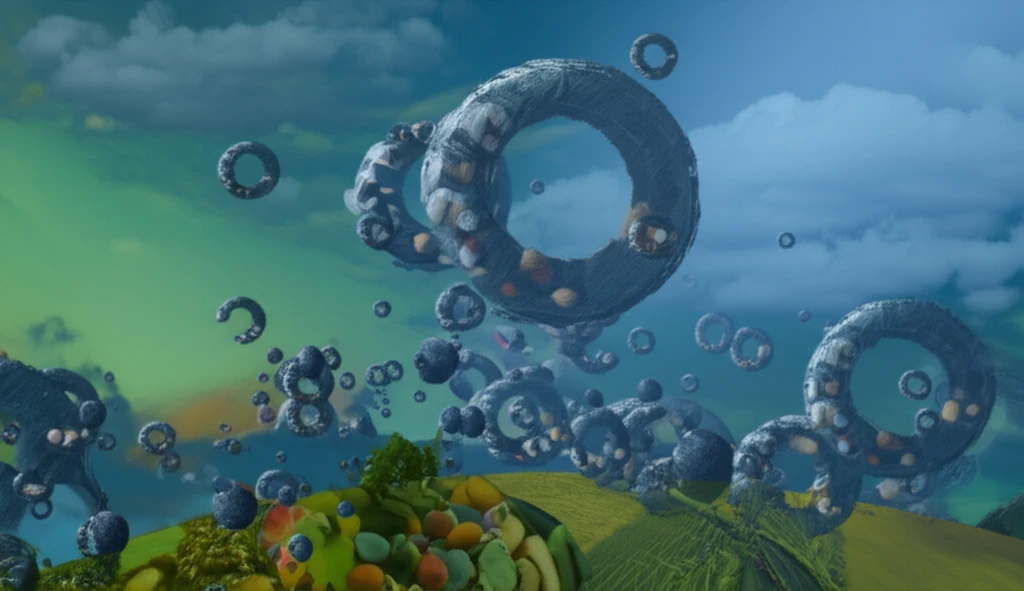
Unlock the Power of Nature's Rings: How Cyclodextrins Could Revolutionize Industries
"From food to pharma, explore how scientists are optimizing cyclodextrin production for a sustainable future."
Cyclodextrins (CDs) are ring-shaped molecules produced by enzymes that modify starch. Imagine tiny, molecular 'buckets' capable of trapping other molecules – this is essentially what CDs do. Because of this unique ability, they've found their way into a surprisingly diverse range of applications, from enhancing drug delivery to improving food products.
Cyclodextrin glucanotransferase (CGTase) is an enzyme responsible for the production of CDs. CGTases work by cyclizing starch, essentially snipping and reforming the long chains of glucose molecules into circular structures. Different types of CGTases produce different CDs (alpha, beta, and gamma), each with slightly different properties and ring sizes.
While CDs offer incredible potential, their production costs can be a barrier. Scientists are now focusing on optimizing the CGTase enzymes themselves—specifically, tuning the conditions under which these enzymes operate—to make CD production more efficient and cost-effective. This optimization promises to unlock even wider applications for CDs in the future.
Optimizing CGTase: The Key to Cyclodextrin Production

A recent study published in the Indian Journal of Science and Technology dives into the characterization of alpha-CGTase from Bacillus licheniformis. This research explores how factors like temperature and pH affect the enzyme's activity, with the goal of maximizing CD production. The study highlights the importance of understanding these parameters for industrial applications.
- Enzyme Size: The alpha-CGTase enzyme was estimated to be approximately 70 kDa in size.
- Optimal Temperature: The enzyme exhibited the highest activity at a temperature of 40°C.
- Optimal pH: The ideal pH for enzyme activity was found to be 6.0.
- Temperature Stability: The enzyme remained stable up to 60°C.
- pH Stability: The enzyme showed stability within a pH range of 6.0 to 8.0.
The Future of Cyclodextrins: A Sustainable Solution?
By optimizing CGTase enzymes, we're not just making CDs cheaper; we're also paving the way for more sustainable production methods. As research continues to refine these processes, expect to see cyclodextrins playing an increasingly important role in a wide array of industries, offering innovative solutions to complex challenges.
